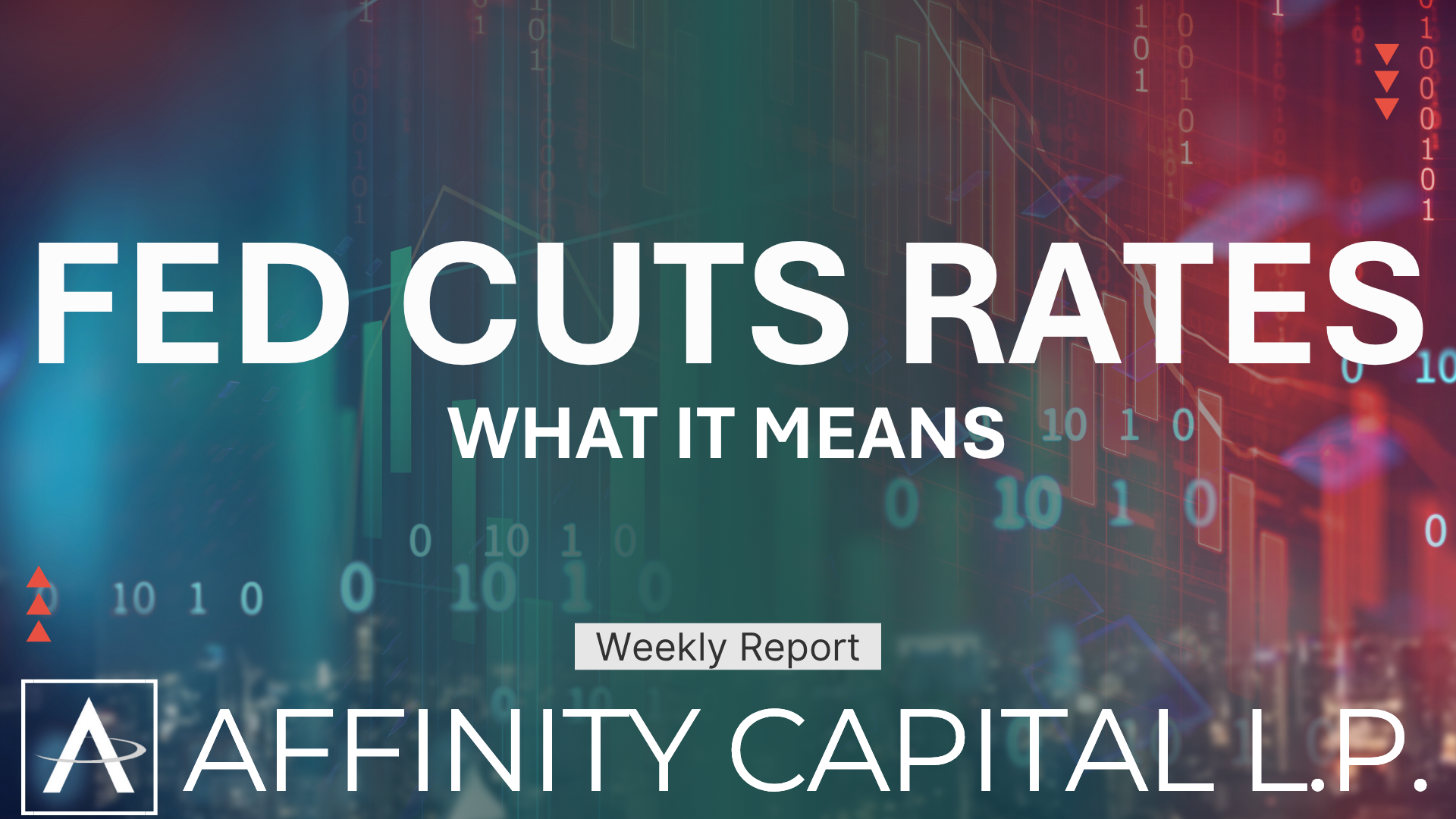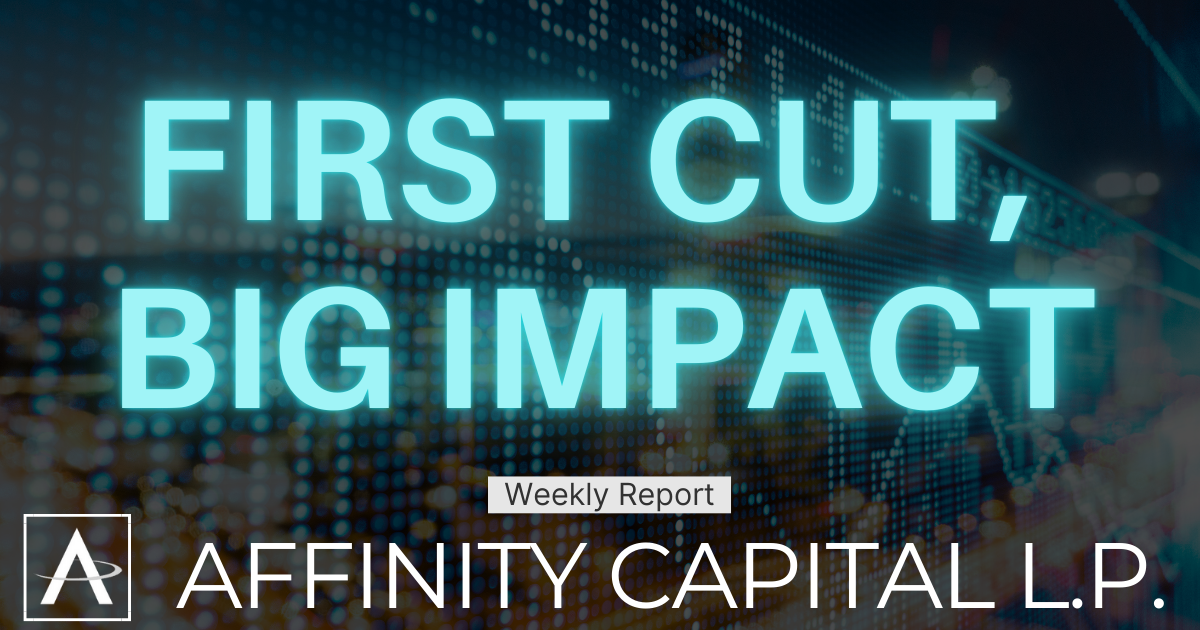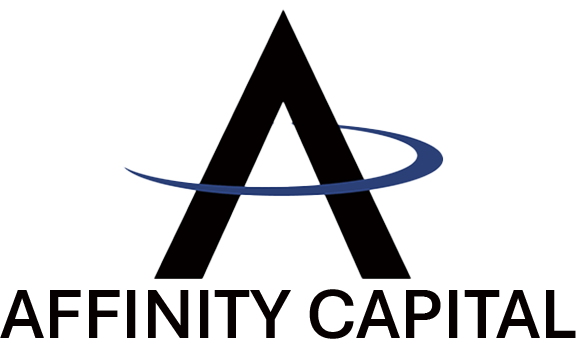Second Quarter 2023 Market Commentary

“May You Live in Interesting Times”
This is a phrase that has been quoted for generations and appears to be a wish for a life of thought-provoking and distinctive experiences. However, it is typically used during times of uncertainty and disorder as opposed to peace and tranquility. We imagine that each generation has felt that it uniquely applies to them, and we are no different. To better frame our current “interesting” financial environment, we begin with the past.
We envision the perspectives and emotions of those who lived through historic periods such as our Revolutionary, Civil & World Wars, economic depression, social strife, and couple it with our most recent experiences such as the 2008 near collapse of our financial system, social upheaval, and a worldwide pandemic. But we must also appreciate the accomplishments when placed on the timeline of history. While acknowledging that much work remains, we do enjoy a level of economic prosperity unmatched in history. There is an abundance of food and agriculture never seen in history and medical advances that are nothing short of miraculous. For our part in the lives of our clients, we are grateful for the skills and modern resources we possess to function as stewards of your hard-earned assets.
H.P. Lovecraft, a twentieth century American writer said, “The oldest and strongest emotion of mankind is fear, and the oldest and strongest kind of fear is fear of the unknown.” While it may appear that in today’s world of mass communication, the fear of the unknown should be offset by our massive access to information. However, there is a distinction between information and wisdom.
With the continuing loss of our “Greatest Generation” who served during the “interesting times” of World War Two, we are left with the glamorized movies and literature of the battle of good and evil. The simplicity of good versus evil provided for a unity of purpose rarely experienced since. We contrast the clarity of a nation with a singular purpose to triumph over a clear evil, narrowly viewed with the media resources of the era to our current massive saturation of competing information manipulated by algorithms. Regardless of viewpoint, the mental strain and taxation in these current interesting times is unlike any in history. This includes the daily flood of financial news and information that can easily cloud our emotions and shake our confidence in long-term goals.
This brings us to our current interesting times in the financial markets and more specifically, your financial goals. The subjects mentioned above, the uniqueness of our individual perceptions, the societal perceptions of challenges and accomplishments, the fear of the unknown, how we receive and process information and the clarity we seek in this crowded information age all contribute to the confusion with which financial information is viewed. Market commentators routinely throw around concepts such as fear and greed and how instrumental they are in the behavior of individuals and the markets.
Benjamin Graham, published his timeless book “The Intelligent Investor” in 1949, and said that investing entails “a trait more of the character than the brain.” Warren Buffett, a devotee of Graham, once said that it is wise for investors to be “fearful when others are greedy, and greedy when others are fearful.” Through 2023, news of Artificial Intelligence or AI has created a rush to a handful of stocks that have driven the markets forward. We believe in the power of AI going forward but we have remained more conservative in our overall view of the markets and economic conditions as we see our first duty as protective of the long-term health of our portfolios.
A Fragile Market:
The markets remain fragile and as investors we are leery of “chasing the market” as just ten U.S. large-cap companies have accounted for approximately ninety percent of stock market returns in 2023. This is not a healthy indicator for the broader stock market going forward.
The Federal Reserve has clearly stated a cautious outlook about inflation continuing to climb and they are sending a clear message conveying a hawkish outlook. We expect another rate hike following their July 25 th and 26th meeting. The purpose of raising rates is to slow economic activity which in turn reduces demand in an effort to bring inflationary pricing down.
The American consumer accounts for almost seventy percent of our Gross Domestic Product (GDP). Discretionary household income levels are down, borrowing in all areas has been dramatically dampened by high interest rates which in turn is causing stagnation in the housing market, which is a huge driver for economic activity. Credit card balances are rising as are credit card interest rates. Wages have grown but are not keeping pace with the rate of inflation.
The shadow of an economic slowdown, a recession, is a major concern. There is significant confusion in establishing consensus among market analysts and economist forecasts regarding whether a recession is coming and if so its length or severity.
While the definition of recession can vary among economists and politicians, a popular definition is when gross domestic product (GDP) has declined for at least two consecutive quarters. This occurred in 2022.
The classic sign of a pending recession is an inverted yield curve. It has been a year since the yield curve for Treasurys inverted, meaning short-term bonds are paying higher interest rates than long-term bonds. The disparity between most short and long bonds is the largest since 1981. At Affinity Capital, we have been purchasing U.S. Treasury Bills with a two-week maturity and receiving an extremely minimal risk, annualized return of over five percent, while a 30-year Treasury Bond barely reaches four percent.
Historically, an inverted yield curve has not always resulted in a recession … but … when a recession has occurred, it has always been preceded by an inverted yield curve. Since 1978, the yield curve has inverted six times and has preceded a recession each time.
Stagflation:
Inflation and recession ride a seesaw. This is where stagflation comes into play, a combination of high inflation and slowing economic activity. Last seen in the 1970’s, it is not a desirable path to navigate. Diversification into securities such as Treasury Inflation Protected Bonds and corporate bonds that are hedged against inflation are paying generous income while protecting your portfolios.
We exited our positions in small and mid-size companies last year at opportune times and are currently evaluating their attractiveness to add to our portfolios going forward. As mentioned previously, we believe the power of Artificial Intelligence is very real and are currently evaluating potentially attractive positions to enter.
We welcome your feedback and are always available to visit. Thank you for the opportunity to serve you and your family and to collaborate with you for—Wealth Management for Life!



